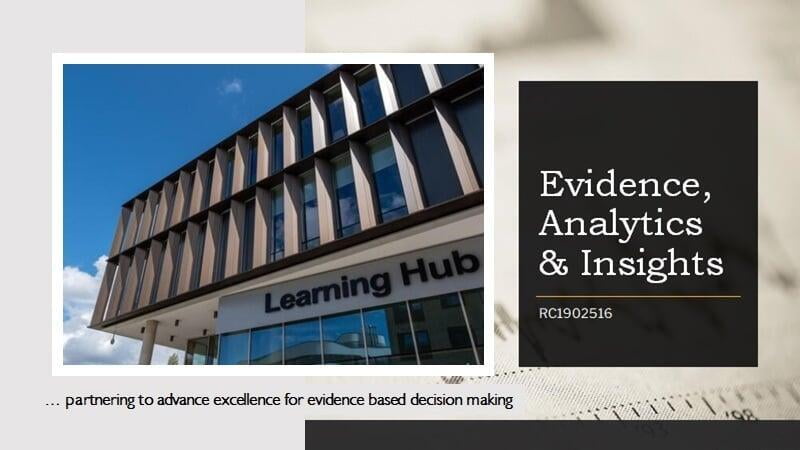Building Strong Monitoring and Evaluation Systems in Non-profit Organisations
Hey there, colleagues!
As we end this week, I'd like to share my thoughts on the value of building strong Monitoring and Evaluation Systems.
Have you ever wondered how to build a robust monitoring and evaluation (M&E) system that can effectively track your organisation's impact and drive transformative change within your community? Well, you've come to the right place! In this blog post, we'll explore the importance of M&E systems, and we'll dive into practical examples from a Nigerian non-profit that benefits from global donors and smaller community-based organizations with local funding sources. So, let's get started on this exciting journey to strengthen our M&E practices!
The Power of Monitoring and Evaluation:
Imagine running a non-profit without any clue of whether your programmes are making a real difference or simply spinning the wheels. An M&E system gives you the power to measure your impact and efficiency, enabling you to be accountable to your funders and beneficiaries. This in turn strengthens your organisation and positions you as a team that takes responsibility for their implementation and which is poised to succeed. Whether your organisation relies on global donations or local funding sources, implementing a strong M&E system is paramount for success.
Case Study: Impact Story from Nigeria:
Let's take a glimpse into a non-profit operating in Nigeria, we'll call them "Education for All."
Through generous funding from global donors, they have been able to implement various programmes to improve educational outcomes for underprivileged children. By adopting an M&E system, they transformed their approach to collect data, track progress, and measure the impact of their initiatives.
Using indicators like literacy rates and school attendance, Education for All identified areas for improvement and tailored their strategies to achieve greater results. This enabled them to showcase evidence of their success to donors while also strengthening partnerships with government agencies and local communities. Their end of project report captured the exact progress made against the indicators in their framework and which they were able to gather evidence on because they had a strong system on. This meant they had evidence they could use or more bids on educational projects and they have now won more grants.
Key Steps to Building a Strong M&E System:
- Assess your organisation's goals: Identify your mission, objectives, and the desired outcomes you want to achieve. This clarity will help guide your M&E efforts effectively.
- Determine your indicators: Choose measurable indicators aligned with your goals or the objective of your project. Consider both quantitative (numbers, percentages) and qualitative measures (stories, testimonials) to gather a comprehensive dataset.
- Collect data efficiently: Develop data collection tools that are user-friendly and efficient. Put in place a system for collecting the data you need. Leverage technology and online platforms to streamline the process and reduce manual work.
Things to think about
- Are your supervisors or workers collecting the data?
- Will you have M&E assistants or officers collecting the data?
- Will a beneficiary collect the data?
- Will a government official supporting the project collect the data?
- Analyse and assess impact: Use your data to identify trends, gaps, and areas for improvement. Regularly evaluate your programmes against the established indicators to determine their effectiveness.
- Communicate and learn: Share your findings with your colleagues and any other stakeholders you have identified and engage them in dialogue. Leveraging data-driven insights allows you to learn from successes and failures, adapt your strategies, and foster continuous improvement
Now, let's shift our focus to smaller community-based organizations in Nigeria that rely on local funding sources. Despite limited resources, these organizations have shown remarkable progress in building M&E systems:
a) "Care for All Women": This grassroots organisation, funded by local businesses and individuals, focuses on empowering women through skill development programs. By implementing a simple yet effective M&E system, they track the number of women trained, their business ventures, and the outcomes of their efforts. This data allows them to continuously adapt their programs and secure additional support from their local network.
b) "Green Earth Initiative": Working tirelessly to promote environmental sustainability, this community-based organisation fundraises from local foundations and sponsors. By establishing an M&E system, they track metrics such as waste reduction, community participation, and awareness levels. This data helps them advocate for policy changes, collaborate with relevant stakeholders, and demonstrate the positive changes they are making in their community.
Strong monitoring and evaluation systems are crucial for non-profit organisations, regardless of their funding sources. From giant global donors to small community-based initiatives, M&E practices offer transformative opportunities to track impact, optimise resources, and improve overall effectiveness.
By following the steps outlined above and learning from inspiring examples in Nigeria, we can strengthen our M&E systems and contribute even more to the communities we serve. So, let's embrace a data-driven mindset, track our progress, make informed decisions, and build a brighter future together!
©Claire Akuudo

